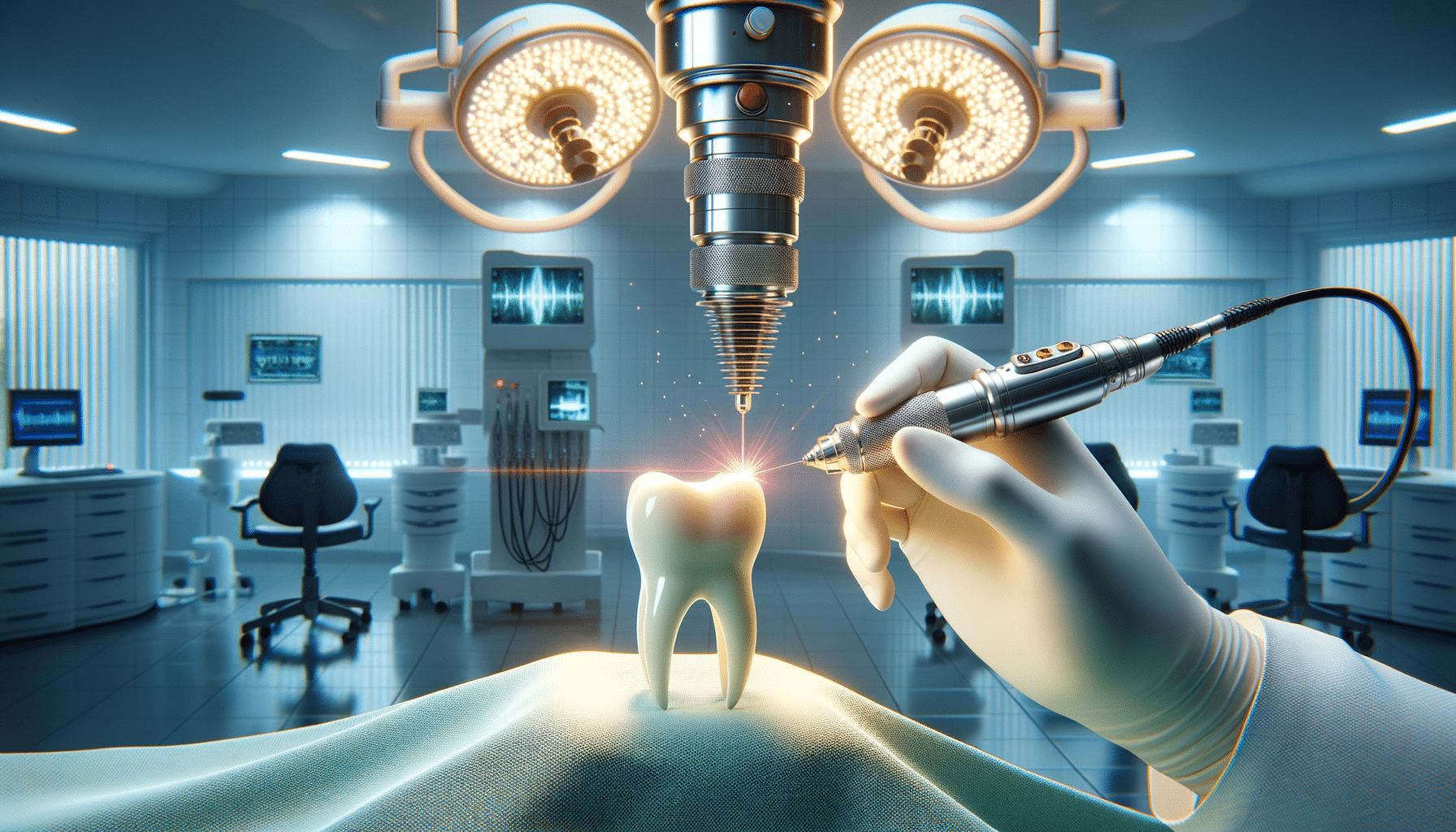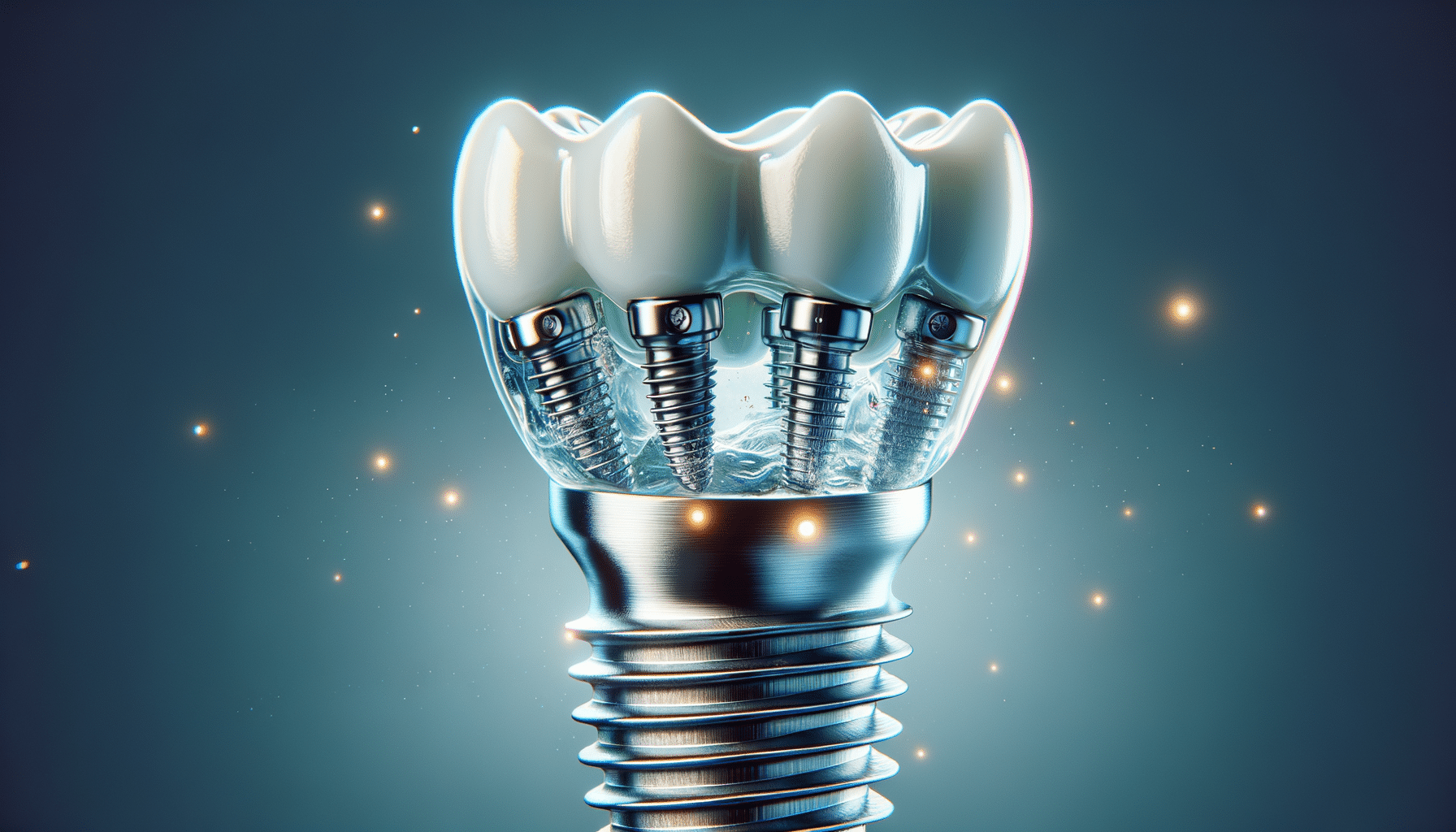
Still Suffering from Knee Pain? These 2025 Relief Tricks Actually Work
Why Knee Pain Isn’t Just About Age or Injury
It’s a common misconception that knee pain only affects the elderly or those who’ve had a major injury. In fact, many people of all ages are now experiencing knee discomfort due to a range of everyday factors. Sedentary lifestyles, poor posture, obesity, and even stress can all contribute to chronic knee pain, sometimes without a noticeable injury. Understanding this broader picture is key to finding effective solutions.
For instance, younger adults who spend long hours sitting — whether at a desk or in front of a screen — can develop tight hip flexors and weak glutes, both of which put strain on the knees. Similarly, athletes and active individuals may suffer from overuse injuries, while people with autoimmune conditions like arthritis can experience inflammation that leads to pain. So when you ask, “Why Knee Pain Isn’t Just About Age or Injury?” the answer lies in the lifestyle and biomechanical factors that affect us all.
What Causes Knee Pain & Why It’s So Common
The knee is a complex joint, and its vulnerability comes from the amount of weight and pressure it bears during everyday activities. Whether you’re walking, climbing stairs, or standing for long periods, your knees absorb significant impact. That’s why knee pain is so common across age groups.
Some leading causes of knee pain include:
- Osteoarthritis and rheumatoid arthritis
- Tendonitis and bursitis
- Meniscus tears and ligament injuries
- Patellofemoral pain syndrome (runner’s knee)
- Biomechanical misalignments or poor footwear
Recognizing the root cause can help you choose the right treatment. In many cases, a combination of physical therapy, supportive gear, and lifestyle adjustments can make a significant difference.
Top Tricks That Bring Relief in 2025
Thanks to new innovations, 2025 is already proving to be a promising year for knee pain relief. There’s no one-size-fits-all fix, but several techniques have emerged as helpful for a wide range of people. These methods focus on improving mobility, reducing inflammation, and supporting the joint during everyday movement.
Some of the top tricks that bring relief in 2025 include:
- Smart knee braces that adapt to your movement and provide targeted compression
- Doctor-approved topical creams with natural anti-inflammatory ingredients
- Low-impact strength training routines guided by AI-based apps
- Infrared therapy devices designed for home use
- Targeted mobility exercises that focus on hip and ankle alignment
These tools are designed to help users manage pain without depending on medication or invasive procedures. Many are user-friendly, portable, and affordable — making them accessible to more people than ever before.
Real Users with Real Pain-Free Stories
Perhaps the most encouraging sign that these new solutions are working comes from those who’ve experienced relief firsthand. Real users with real pain-free stories are sharing how small changes and the right tools have transformed their daily lives.
Some individuals have returned to activities they once loved, like hiking or gardening, after incorporating smart braces into their routines. Others speak about how switching to natural remedies helped them avoid side effects from long-term medication use. A few even credit simple adjustments like better arch support or regular use of infrared therapy for their improved mobility.
What stands out in these stories is the variety of methods that worked — reinforcing the idea that personalized approaches are essential. Hearing from real people who’ve managed their knee pain successfully can be incredibly motivating for anyone still searching for answers.
Natural Remedies vs. Medical Devices
When it comes to managing knee pain, the debate between natural remedies vs. medical devices often comes up. The truth is, both can be effective — and in many cases, they’re even more powerful when used together. Natural treatments like turmeric-based creams or Epsom salt soaks can reduce inflammation and ease discomfort. On the other hand, devices like compression sleeves, orthotic insoles, and wearable therapy gadgets offer structural support and encourage healing.
Here’s how the two approaches can complement one another:
- Use natural anti-inflammatory creams after exercise to soothe sore joints
- Wear orthotic inserts during the day to maintain proper alignment
- Apply cold therapy naturally (like ice packs) while using a medical compression brace
- Combine daily stretching routines with mobility aids to improve flexibility
The key is to find a sustainable routine that fits your lifestyle and addresses your specific pain triggers. Consulting with a healthcare provider can help you choose the right combination of remedies and devices for long-term comfort.
Conclusion: Moving Toward a Pain-Free Future
Knee pain doesn’t have to be a permanent setback. As innovations in 2025 continue to evolve, people are finding more options that don’t rely on surgery or heavy medications. Understanding what causes knee pain and recognizing that it’s not limited to age or injury opens the door to more effective, personalized relief strategies. Whether you lean toward natural remedies, medical devices, or a thoughtful mix of both, the possibilities for managing knee pain have never been more promising.
By learning from real users and exploring today’s top tricks, you can take practical steps toward a more active and comfortable life — one that puts knee pain in the past.


